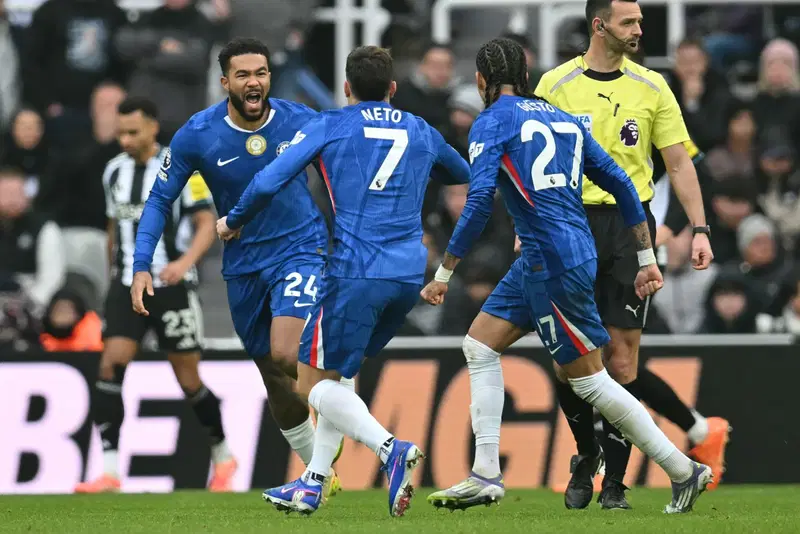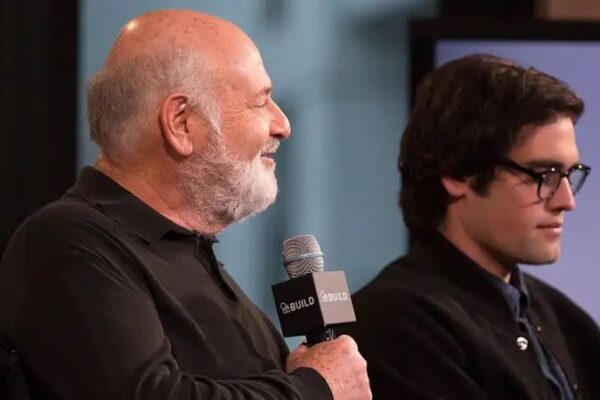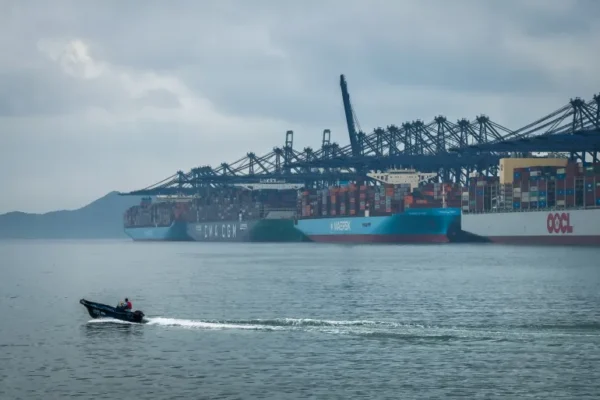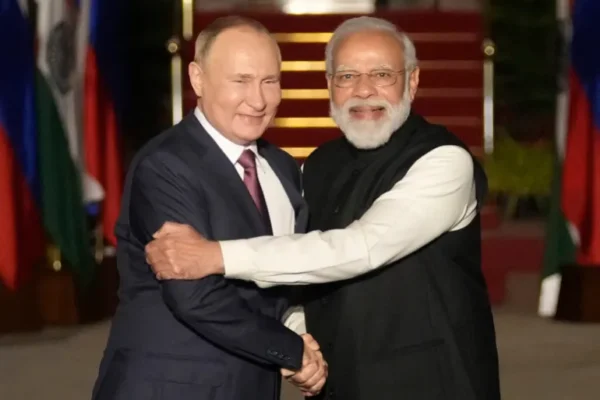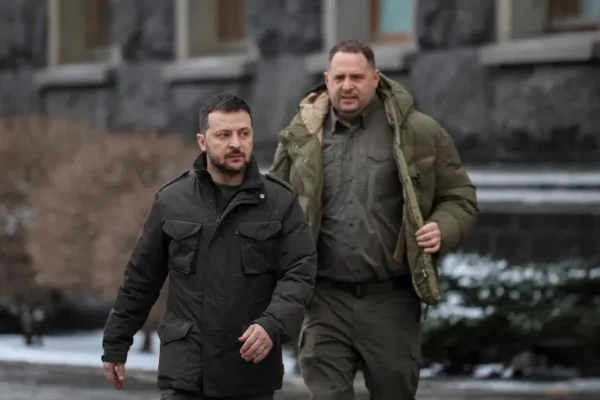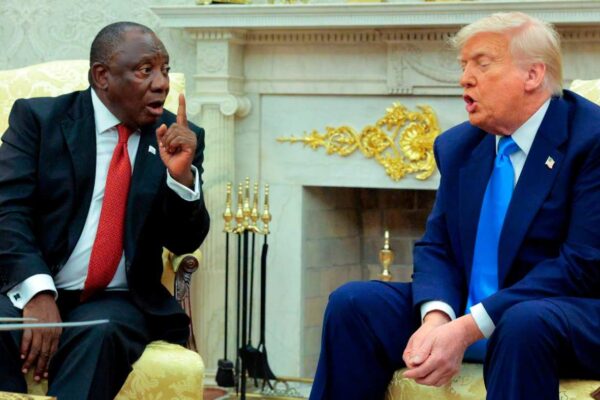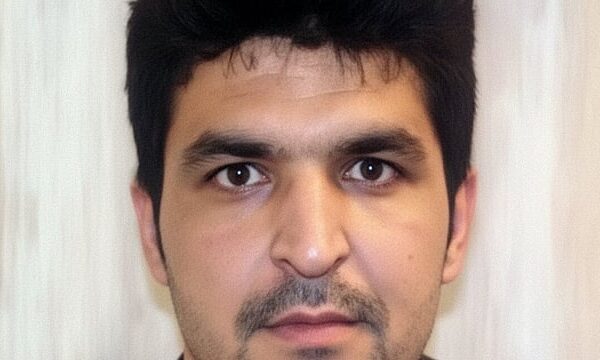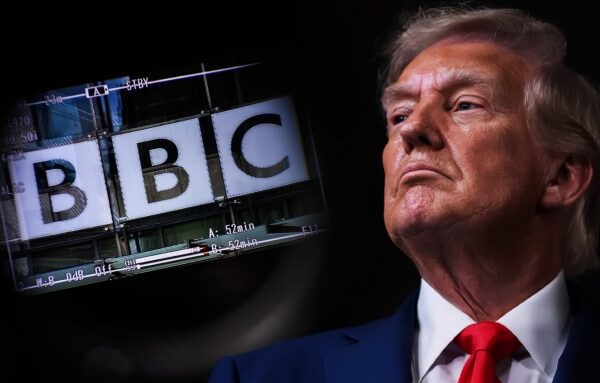
Trump Files $10 Billion Lawsuit Against BBC Over Edited January 6 Documentary
Former President Donald Trump filed a $10 billion lawsuit against the BBC on Monday, accusing the British broadcaster of defaming him through a misleading edit of his January 6, 2021, speech at the White House Ellipse. The lawsuit targets a 2024 BBC documentary titled Trump: A Second Chance, which Trump’s legal team says spliced different sections of his remarks to make it appear as though he explicitly encouraged the Capitol riot. “I’m suing the BBC for putting words in my mouth, literally,” Trump told reporters on Monday. “They actually put terrible words in my mouth having to do with January 6th that I didn’t say.” The 33-page lawsuit, filed in federal court in Miami, seeks $5 billion for defamation and an additional $5 billion for allegedly violating Florida’s Deceptive and Unfair Trade Practices Act. Trump’s lawyers described the documentary as “a brazen attempt to interfere in and influence” the 2024 election. Last month, the BBC issued a formal apology, but maintained that it did not defame Trump. The broadcaster’s director-general and news CEO resigned following the controversy, with BBC chairman Samir Shah describing the edit as an “error of judgment.” The documentary featured an edited clip of Trump saying: “We’re gonna walk down to the Capitol and I’ll be there with you and we fight. We fight like hell, and if you don’t fight like hell, you’re not gonna have a country anymore.” The clip, however, combined three separate sections of his speech and omitted nearly an hour of content, including Trump’s call for peaceful action. The documentary also showed footage of the Proud Boys heading to the Capitol before Trump’s speech, implying that his remarks inspired their march. Trump’s legal team is requesting a jury trial to pursue the case.

